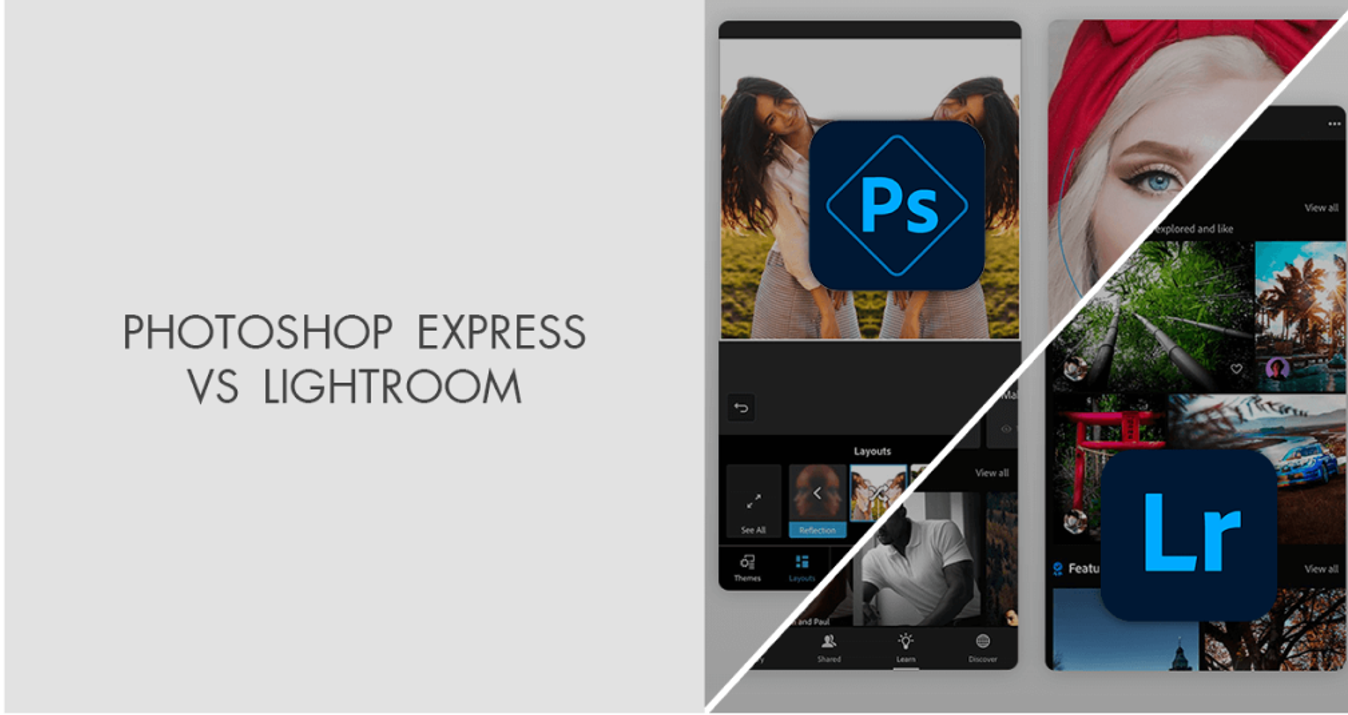Lomography In Photography: Understanding Its Style
October 23, 2025
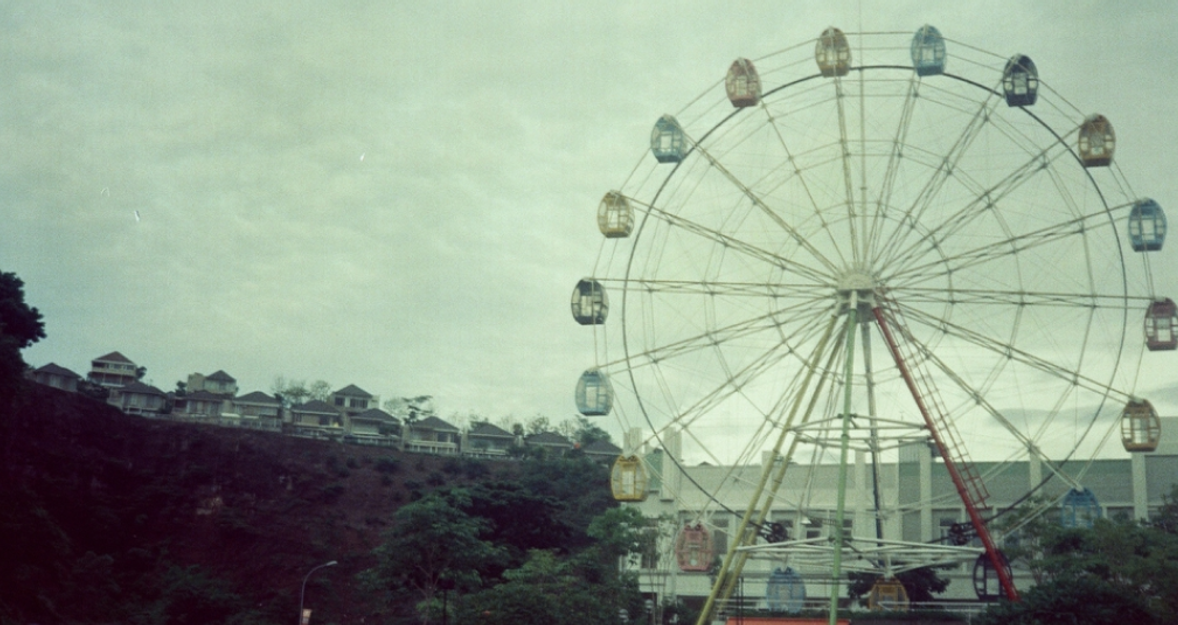
Lomo photography lets light do the editing for you. You learn to hunt for reflections, leaks, and blur that carry a mood no studio can copy.
I learned to take better pictures the day I stopped chasing perfection and started chasing surprises. Lomography is not a list of settings; it is a set of invitations to overexpose, to embrace light leaks, to value the imperfect. Here, I will walk you through the style with concrete examples I’ve collected from street corners, train windows, and family kitchens. Expect practical lomography basics, small experiments, and the smell of warm film.
Lomography Explained: What It Really Is
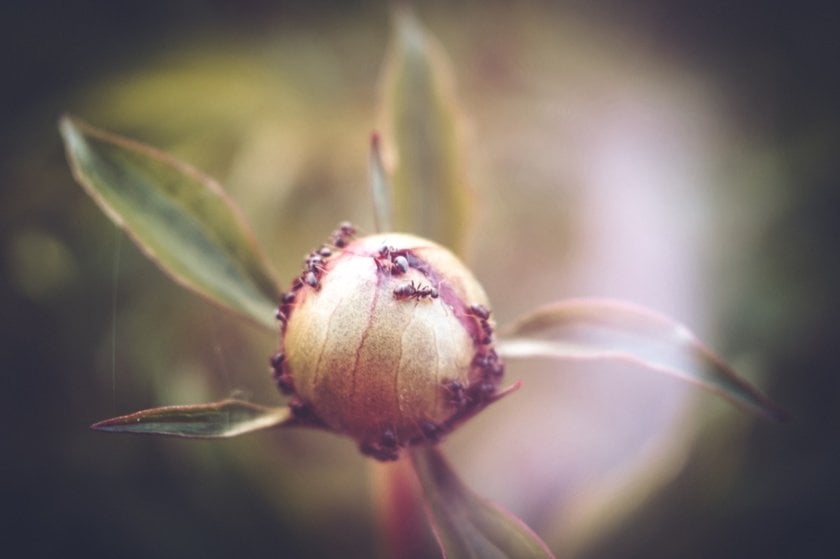 The heart of lomography is play. If someone asks what lomo means, say it means permission. Permission to shoot without planning every frame, permission to accept blur and reward it. The lomography definition that matters is less dictionary and more behavior: spontaneous, experimental photography using simple cameras that produce character-saturated colors, vignette, grain, and unpredictable light artifacts.
The heart of lomography is play. If someone asks what lomo means, say it means permission. Permission to shoot without planning every frame, permission to accept blur and reward it. The lomography definition that matters is less dictionary and more behavior: spontaneous, experimental photography using simple cameras that produce character-saturated colors, vignette, grain, and unpredictable light artifacts.
For example, a market in Warsaw at golden hour. I cocked a Holga’s shutter, didn’t worry about focus, and the result was a portrait framed by bright, smeared oranges. The frame’s imperfections a light leak along the edge and a soft focus on the subject’s smile became the story rather than a mistake to erase.
Unlock the Timeless Beauty of Black and White
Try Luminar NeoWhy Lomography Cameras Behave So Uniquely
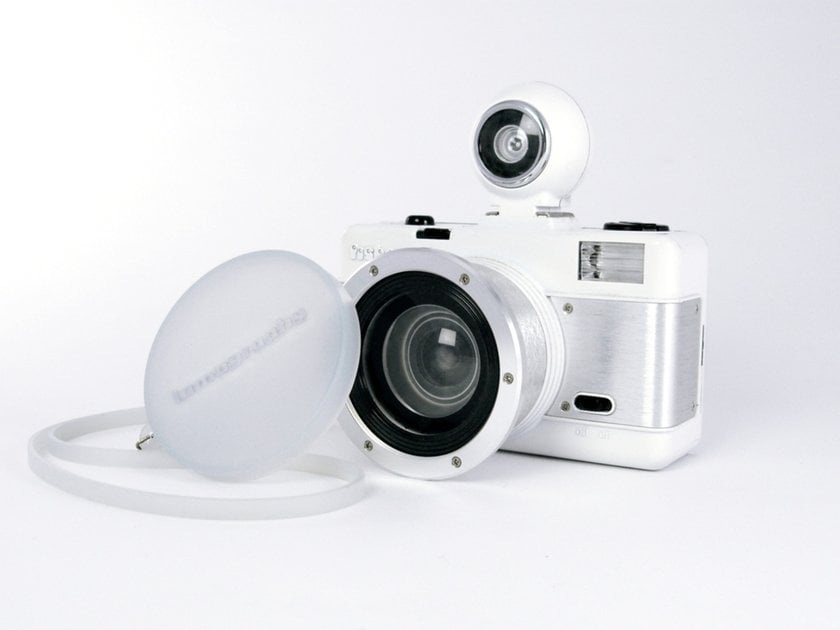 Lomography cameras are often cheap, plastic, and mechanically simple, and that is why they are special. They compress reality into personality. Their lenses distort color contrast and produce heavy vignetting; their shutters’ timing is imperfect. A lomo camera wants to nudge you toward serendipity. If you’ve ever wondered whats lomo, it’s essentially this playful imperfection: a way of seeing beauty in unpredictability rather than trying to control every pixel.
Lomography cameras are often cheap, plastic, and mechanically simple, and that is why they are special. They compress reality into personality. Their lenses distort color contrast and produce heavy vignetting; their shutters’ timing is imperfect. A lomo camera wants to nudge you toward serendipity. If you’ve ever wondered whats lomo, it’s essentially this playful imperfection: a way of seeing beauty in unpredictability rather than trying to control every pixel.
When you push a cheap lens into a sun-rich composition, you invite lens flare effects that feel painterly; they are not accidental once you learn to nudge them. For users who prefer mixing film with a touch of digital magic, the way these cameras force you to surrender technical perfection teaches you how to make photographic decisions that prioritize feeling over pixel-level sharpness.
For instance, pushing ISO 400 film to 800, hand-holding a wide-angle LomoApparat, and framing from the hip at a parade the resulting motion blur, exaggerated warmth, and vignette read as “presence” rather than “error.”
Core Practices That Make Lomo Distinctive
Lomography is part manifesto, part habit. Below are five practices that shape how lomo photographers see and act. These are not rules; they are invitations.
1. Keep Your Camera With You At All Times
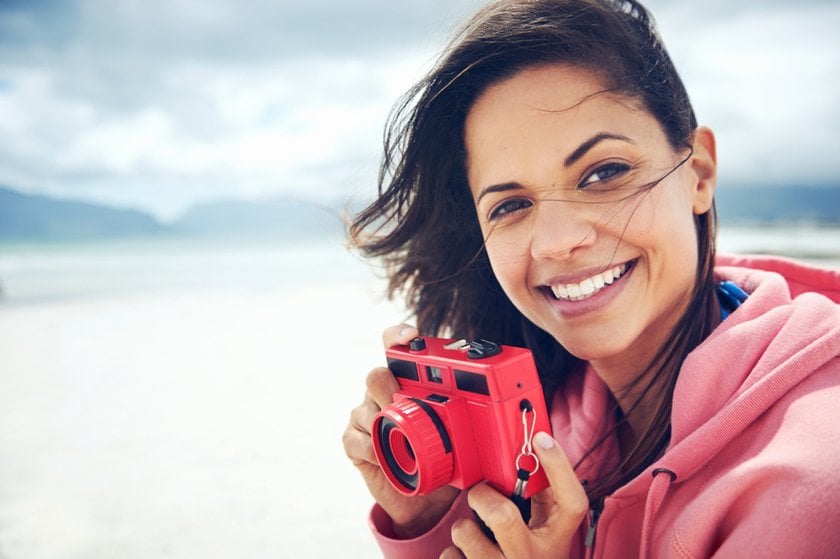 If you only carry a camera once every blue moon, you miss the casual moments that become signature frames. I’ve learned that the best street portrait began as a spilled coffee scene: I grabbed the Lomo, aimed, and caught a cascade of reflections I would never have staged. Keeping the camera close makes you notice the small, repeatable surprises of daily life. In strong sunlight, experiment with backlight and learn how to get lens flare naturally; it’s one of the simplest ways to turn an ordinary scene into something cinematic.
If you only carry a camera once every blue moon, you miss the casual moments that become signature frames. I’ve learned that the best street portrait began as a spilled coffee scene: I grabbed the Lomo, aimed, and caught a cascade of reflections I would never have staged. Keeping the camera close makes you notice the small, repeatable surprises of daily life. In strong sunlight, experiment with backlight and learn how to get lens flare naturally; it’s one of the simplest ways to turn an ordinary scene into something cinematic.
2. Shoot Without Overthinking
 The idea is to trust instinct. When you see a light that makes you pause, press. Over-analysis squeezes the life out of a moment. Try photographing strangers on a tram using quick bursts; you’ll capture gestures that staged portraits never reveal. This is the lomo technique in action: rapid, responsive shooting that prioritizes mood over micro-adjustments.
The idea is to trust instinct. When you see a light that makes you pause, press. Over-analysis squeezes the life out of a moment. Try photographing strangers on a tram using quick bursts; you’ll capture gestures that staged portraits never reveal. This is the lomo technique in action: rapid, responsive shooting that prioritizes mood over micro-adjustments.
3. Experiment Ruthlessly With New Approaches
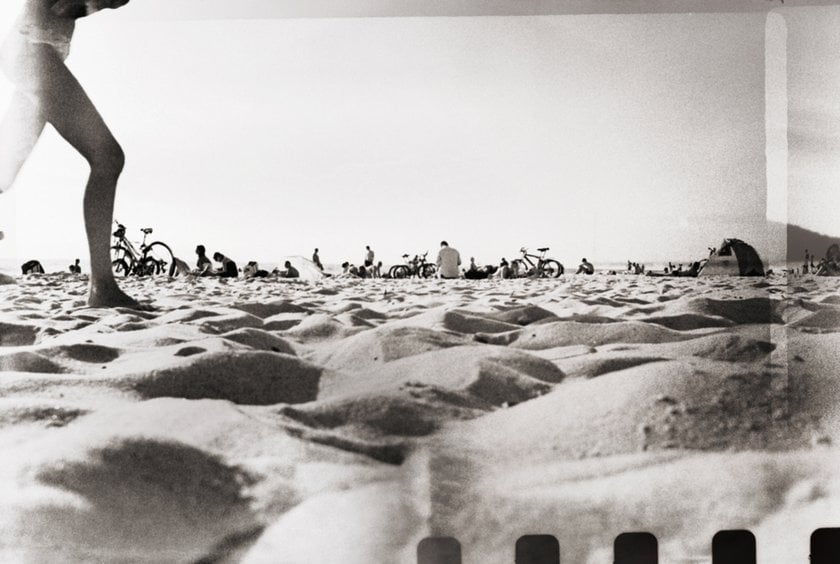 Lomography rewards curiosity. Try cross-processing film, layering double exposures, or taping colored gels over the lens to see what surprises you get. Pair those old-school tricks with modern edits: a little portrait bokeh AI can give a subject that soft separation lomo lenses often produce, and don’t be afraid to follow a happy accident when it appears.
Lomography rewards curiosity. Try cross-processing film, layering double exposures, or taping colored gels over the lens to see what surprises you get. Pair those old-school tricks with modern edits: a little portrait bokeh AI can give a subject that soft separation lomo lenses often produce, and don’t be afraid to follow a happy accident when it appears.
Your AI-Powered Photo Editor for MacOS and Windows
Discover Now!4. Build Lomo Into Your Day, Not Into Occasions
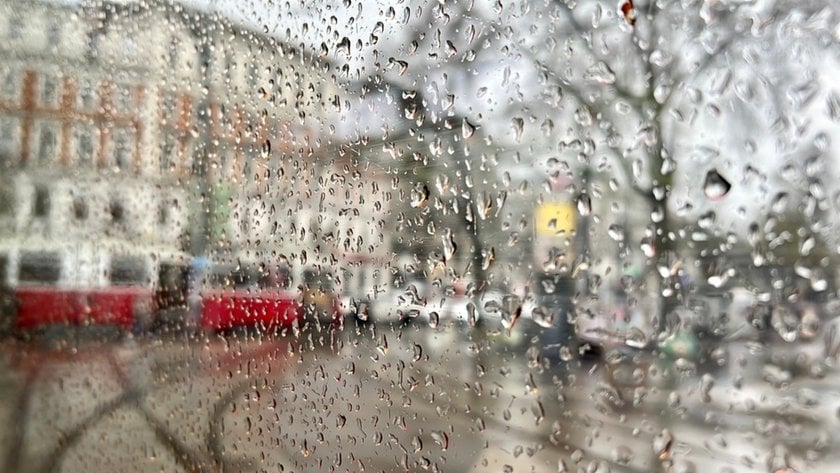 Lomography is a lifestyle tweak. Use it during errands, family meals, or walks at dusk. The best lomo images are often the ones made between important events: the quiet kitchen light at 9 PM, the pattern of rain on a bus window. Habit creates opportunities; spontaneity makes them sing.
Lomography is a lifestyle tweak. Use it during errands, family meals, or walks at dusk. The best lomo images are often the ones made between important events: the quiet kitchen light at 9 PM, the pattern of rain on a bus window. Habit creates opportunities; spontaneity makes them sing.
5. You Decide What Counts
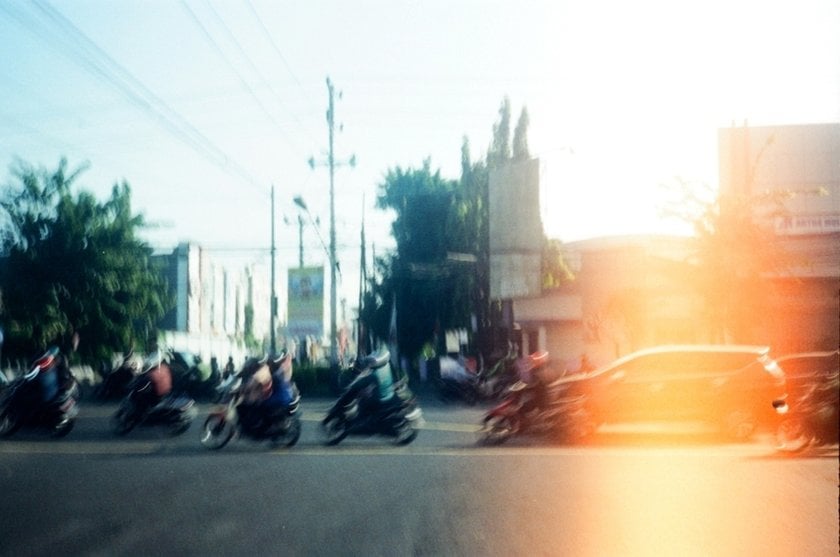 One of the most freeing principles is that you set the rules for your images. Grain, blur, and color shifts are not defects; they are elements. Decide what you want to emphasize: texture, atmosphere, or motion, and treat your camera as a collaborator. I once deliberately underexposed a series to emphasize shadows; viewers later described the set as “mysterious” and “intimate,” responses that validated the deliberate choice.
One of the most freeing principles is that you set the rules for your images. Grain, blur, and color shifts are not defects; they are elements. Decide what you want to emphasize: texture, atmosphere, or motion, and treat your camera as a collaborator. I once deliberately underexposed a series to emphasize shadows; viewers later described the set as “mysterious” and “intimate,” responses that validated the deliberate choice.
Practical Steps: How to Make Lomography Pictures
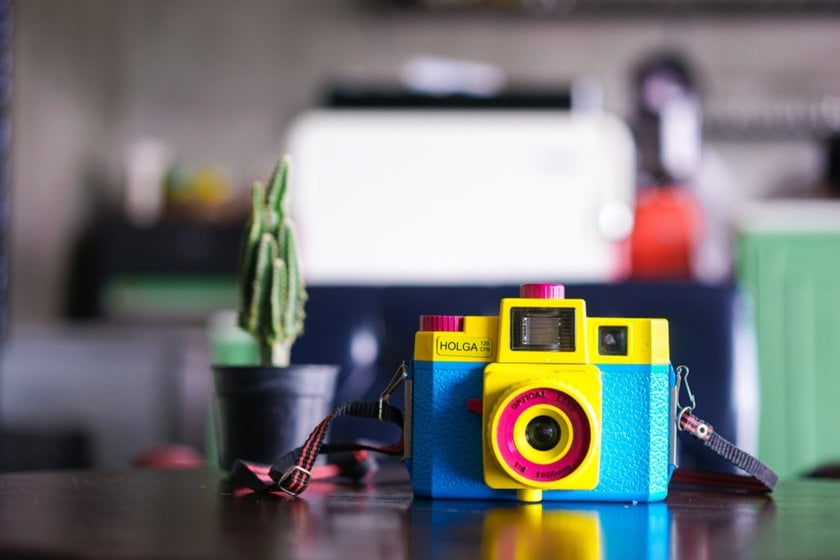 Lomography begins with action. Here’s a short recipe to push you from curiosity to habit.
Lomography begins with action. Here’s a short recipe to push you from curiosity to habit.
Start simple. Load ISO 400 into a plastic Lomo or Holga, carry it like a pocket habit, and shoot short walks to notice ordinary light that becomes extraordinary.
Force discovery. Shoot the first ten frames without the viewfinder to encourage guessing; those accidental compositions teach you what your camera does when you stop planning.
Bracket quickly. When you see something interesting, take three frames in a row one underexposed, one “normal,” and one overexposed then compare them later to find the mood that works.
Shoot like film when digital. Keep a process-first mindset: make choices in-camera, then use selective blur and film-grain plugins in post so textures feel intentional.
Let portraits breathe. Create separation between subject and background so the backdrop blooms naturally, giving a soft, lo-fi bokeh even with cheap lenses.
Experiment and record. Try overlapping exposures or swapping films mid-roll, keep a short log of film, exposure, and lomography tricks, and repeat what surprised you.
Keep every roll and look at the frames later, because what seems ruined at first often becomes the most interesting picture after a few days. Above all, have fun with it, because lomography rewards curiosity, not perfection.
Best Cameras to Start Your Lomo Journey
Selecting the right camera depends on whether you prefer compact portability or analog theatricality. The lomo meaning goes beyond gear; it’s about seeing beauty in accidents, color shifts, and light leaks that traditional photographers might discard. Here are three proven models with what they deliver and how to use them practically.
LomoApparat 21 mm Wide-angle Camera
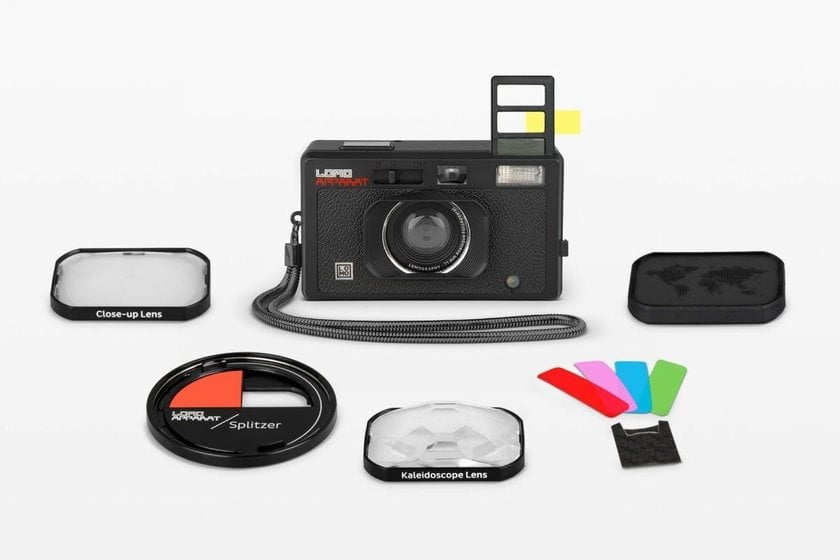 A modern take that screams experimentation. The wide field makes it great for environments where context matters subway stations, markets, or festivals. Use it to capture layered frames; press the shutter while moving slightly to create streaks of light that read as kinetic energy. Pushing slower shutter speeds here rewards you with painterly motion.
A modern take that screams experimentation. The wide field makes it great for environments where context matters subway stations, markets, or festivals. Use it to capture layered frames; press the shutter while moving slightly to create streaks of light that read as kinetic energy. Pushing slower shutter speeds here rewards you with painterly motion.
Baby Diana 110
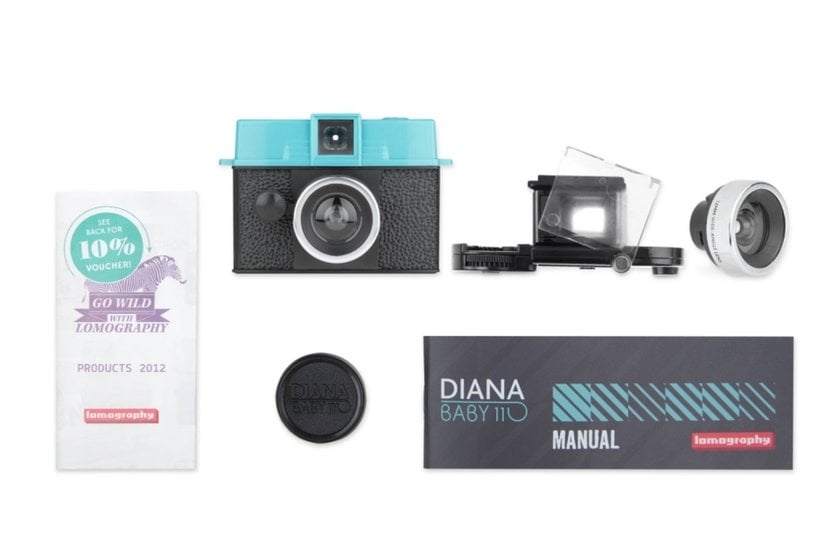 Tiny and surprising, the Baby Diana 110’s softness is its power. It renders faces with a dreamy halo; use it for intimate portraits when you want memory and tenderness over clinical sharpness. Tape colored gels to the lens for playful tones and deliberate color shifts.
Tiny and surprising, the Baby Diana 110’s softness is its power. It renders faces with a dreamy halo; use it for intimate portraits when you want memory and tenderness over clinical sharpness. Tape colored gels to the lens for playful tones and deliberate color shifts.
Holga 120N Medium Format Film Camera
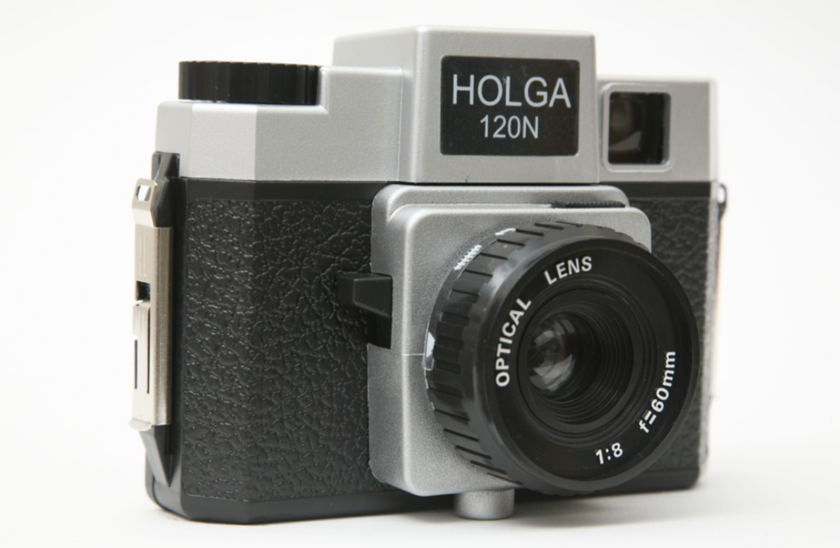 The Holga is the archetype: heavy vignetting, plastic lens, glorious unpredictability. Its medium format negative gives you more detail to sculpt in development. A simple trick with the Holga is to partially open the back for a light leak on a single frame to create a natural, unpredictable flare.
The Holga is the archetype: heavy vignetting, plastic lens, glorious unpredictability. Its medium format negative gives you more detail to sculpt in development. A simple trick with the Holga is to partially open the back for a light leak on a single frame to create a natural, unpredictable flare.
If you need to brighten or dramatize a frame after scanning, a quick way to simulate studio drama is to experiment with tools that help you add lighting effects to photos for selective highlights and rim light.
The Last Word
Lomography is a practice wrapped in play. How to lomo teaches you to see edges, to love accidents, and to build habits that produce images with soul. Whether you carry a Holga, a Baby Diana, or the LomoApparat, the aim is the same: to let imperfection speak.
Try one experiment a week, a double exposure, a pushed film roll, or a portrait shot from the hip, and keep the results even if they look wrong at first. I have kept frames I once thought ruined; they turned out to be the ones people asked about.


